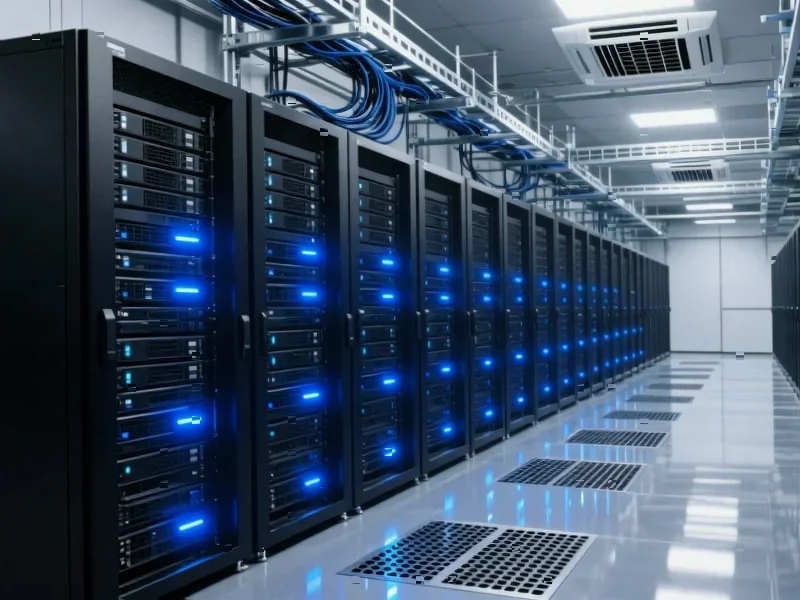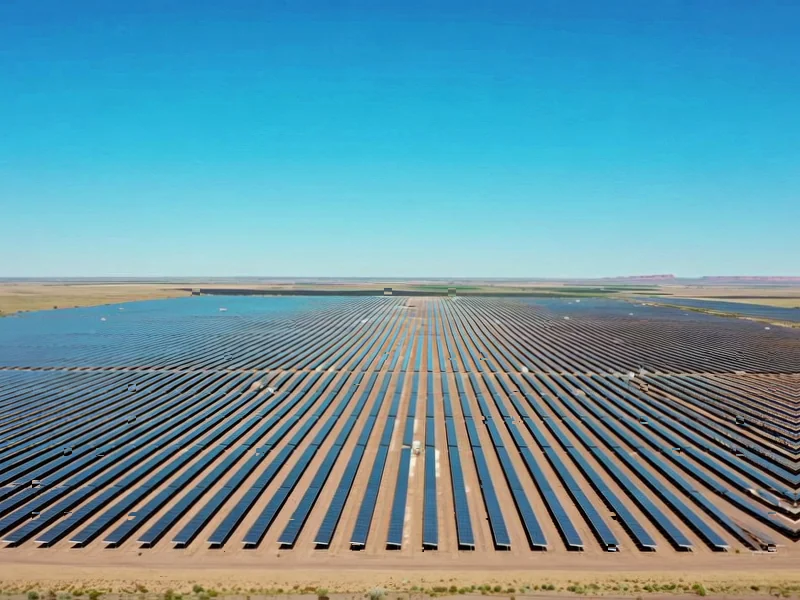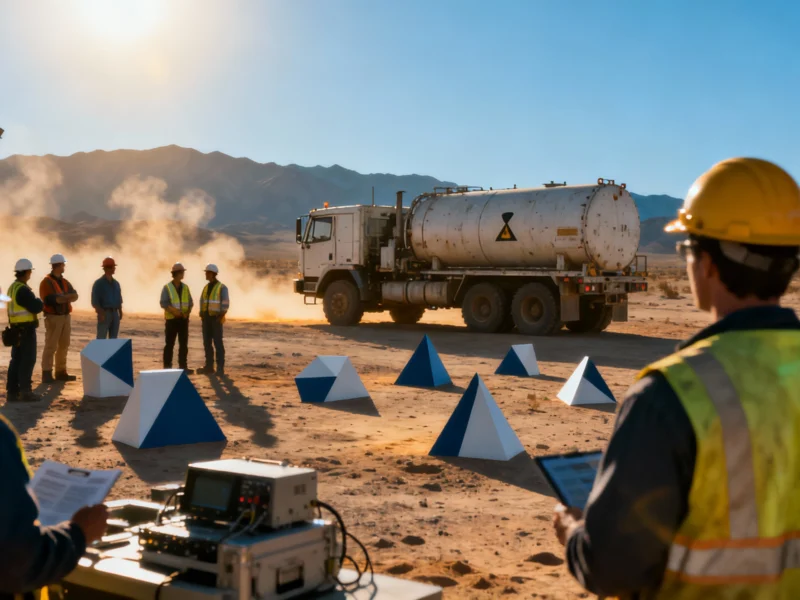According to DCD, cryptocurrency mining firm Cipher Mining has secured Amazon Web Services as a customer through a landmark 15-year, $5.5 billion lease agreement to provide 300MW of capacity for AI workloads. The deal will see Cipher deliver turnkey space and power in two phases beginning July 2026 and completing in Q4 2026, with rent commencing in August 2026. The company also announced plans for a new 1GW data center campus called Colchis in West Texas, featuring a direct connect agreement with American Electric Power targeting 2028 energization. This marks Cipher’s second major hyperscaler deal following a September agreement to provide Fluidstack with 168MW at its Barber Lake site, backed by Google which also took an equity stake in Cipher.
The Bitcoin Miner’s Strategic Pivot
Cipher Mining’s transformation from cryptocurrency specialist to AI infrastructure provider represents one of the most significant business model pivots in recent data center history. Originally spun off from Bitcoin mining hardware giant Bitfury in 2021, Cipher possessed exactly what hyperscalers desperately need: access to massive power capacity in strategic locations. The company’s existing 477MW operational footprint across Texas, combined with its deep experience in securing and managing enormous electricity loads, positioned it perfectly to capitalize on the AI infrastructure gold rush. This isn’t merely diversification—it’s a fundamental reinvention of their core business that leverages their existing assets and expertise toward a much larger market opportunity.
Hyperscalers’ Texas Power Grab
The AWS deal underscores the severe power constraints facing major cloud providers as they race to build AI capacity. Traditional data center markets are hitting physical limits on available electricity, forcing hyperscalers to look beyond conventional providers. Texas has emerged as a particularly attractive market due to its independent grid, abundant renewable energy, and business-friendly regulatory environment. Cipher’s existing relationships with power providers and pre-secured interconnection capacity give them a significant advantage over traditional data center developers who might take years to secure similar power allocations. The company’s portfolio of development sites represents a ready-made solution to AWS’s urgent capacity needs.
The Financial Engineering Behind the Deal
From a financial perspective, the $5.5 billion lease represents transformative revenue diversification for Cipher. While cryptocurrency mining revenues are notoriously volatile, long-term contracts with investment-grade tenants like AWS provide predictable, recurring cash flows that dramatically improve the company’s valuation multiple. The deal structure—with Cipher providing turnkey space and power while AWS manages the IT equipment—creates a capital-light model that generates high-margin, utility-like returns. More importantly, these contracts serve as collateral that can be leveraged to finance Cipher’s aggressive expansion plans, including their ambitious 1GW Colchis campus development.
Shifting Competitive Dynamics
This deal signals a fundamental shift in the competitive landscape for data center capacity. Traditional REITs like Digital Realty and Equinix now face competition from power-focused players who secured prime electricity access during earlier industry cycles. Cipher’s success in landing back-to-back hyperscaler deals demonstrates that power procurement capabilities may be becoming more valuable than traditional real estate development expertise. The involvement of both AWS and Google as strategic partners and investors suggests that hyperscalers are actively cultivating alternative supply chains to ensure they aren’t dependent on a handful of traditional data center providers.
Execution Risks and Market Timing
While the strategic rationale is compelling, Cipher faces significant execution risks in transitioning from Bitcoin mining to mission-critical AI infrastructure. The company must rapidly scale its capabilities in areas like liquid cooling systems, high-density power distribution, and hyperscale-grade operational reliability. The 2026 delivery timeline provides a reasonable runway, but any construction delays or technical challenges could jeopardize these landmark contracts. Additionally, Cipher’s Q3 2025 net loss of $3 million highlights the financial pressure they’re under to successfully execute this pivot while maintaining their existing mining operations during the transition period.
Broader Industry Implications
Cipher’s success could trigger a wave of similar pivots across the cryptocurrency mining sector, where many operators possess underutilized power capacity in strategic locations. We may see more miners following Cipher’s playbook of leveraging their power infrastructure to become AI hosting specialists. This trend could significantly increase the available capacity for AI workloads while creating new competitive dynamics in the data center market. The involvement of American Electric Power in Cipher’s Colchis project also highlights how utilities are becoming more active participants in the data center development process, recognizing the enormous growth opportunity represented by AI-driven electricity demand.




